4 Red Flags You're Eating Too Many Carbs, According to a Doctor

That afternoon slump, stubborn weight, and nagging food cravings might all have one surprising culprit: carbohydrates. Dr. Mindy Pelz, bestselling author of "Fast Like a Girl" and expert in women's health, has identified key warning signs that your body is getting too many carbs. With her YouTube channel garnering over 75 million views and her podcast featuring health-conscious celebrities, Dr. Pelz brings practical wisdom about nutrition that cuts through the confusion. Discover these four telltale signs your carb intake might be causing problems and learn simple adjustments you can make starting today.
Understanding the Carb Effect
Before addressing warning signs, it's essential to understand how carbs affect your body differently than other nutrients. "There are three macronutrients – carbohydrates, protein, and fat," Dr. Pelz explains in her recent post. Each creates a distinct blood sugar response. Carbs trigger dramatic spikes followed by crashes, while protein offers a gentler rise and fall. Fat actually "puts the brakes on blood sugar," according to Dr. Pelz, helping maintain stable levels throughout the day. This rollercoaster effect from carb-heavy meals explains many common health complaints.
Your Energy Crashes After Meals

The first red flag is post-meal fatigue. "You should be energized after a meal. You shouldn't be sleepy after a meal," Dr. Pelz emphasizes. That drowsiness after holiday feasts isn't from turkey's tryptophan as commonly believed – it's from the carb crash. Dr. Pelz notes that "a 2020 study found that blood sugar spikes cause fatigue and trouble concentrating." When you experience that mid-afternoon energy slump after lunch, it's likely your meal contained too many carbohydrates, triggering both tiredness and mental fog.
You Can't Control Your Cravings

Constant hunger and specific cravings for sweets or caffeine signal excessive carb consumption. "When blood sugar comes down very quickly because you had just like this pure carb meal, your body's so smart that it's going to be like, 'Hey, I need you to eat more carbs again,'" Dr. Pelz explains. This creates a vicious cycle of craving, eating, crashing, and craving again. Dr. Pelz references a revealing 2011 study that "divided people into two groups… a low carb, high fat group, and a high carb, low fat group" and found the low-carb participants experienced "a significant decrease in food cravings, especially for sugar."
Your Weight Loss Has Stalled
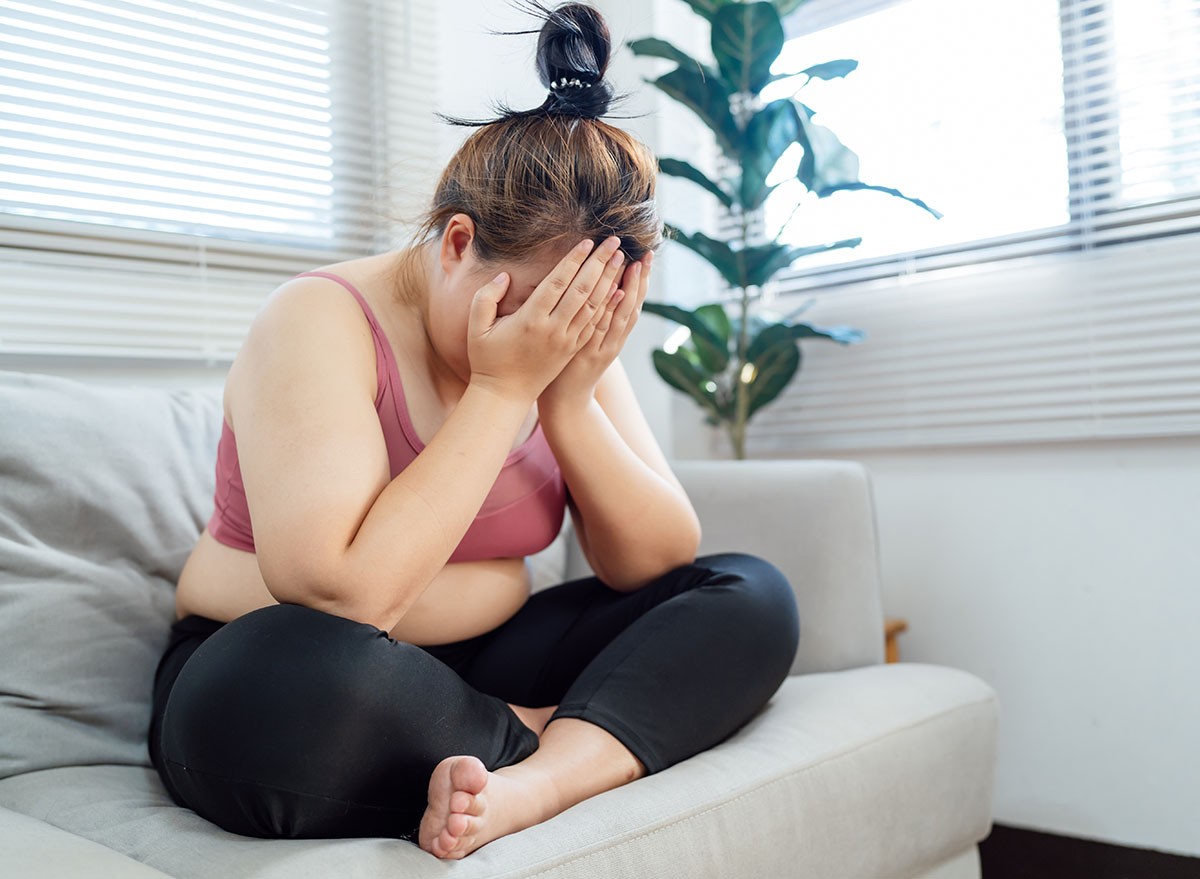
If you're struggling to shed pounds despite your efforts, your carb intake might be the culprit. "If you're struggling to lose weight, low carb is really an awesome plan," says Dr. Pelz, drawing from her clinical experience. She clarifies that "low carb doesn't mean low protein" – increasing protein while reducing carbs helps control hunger and supports weight management. Dr. Pelz cites compelling evidence: "A 2004 study found that six months on a low carb diet led to twice as much weight loss than a high carb diet." This explains why some "diet" foods actually sabotage weight loss efforts when they're high in carbohydrates.
Your Skin Is Breaking Out
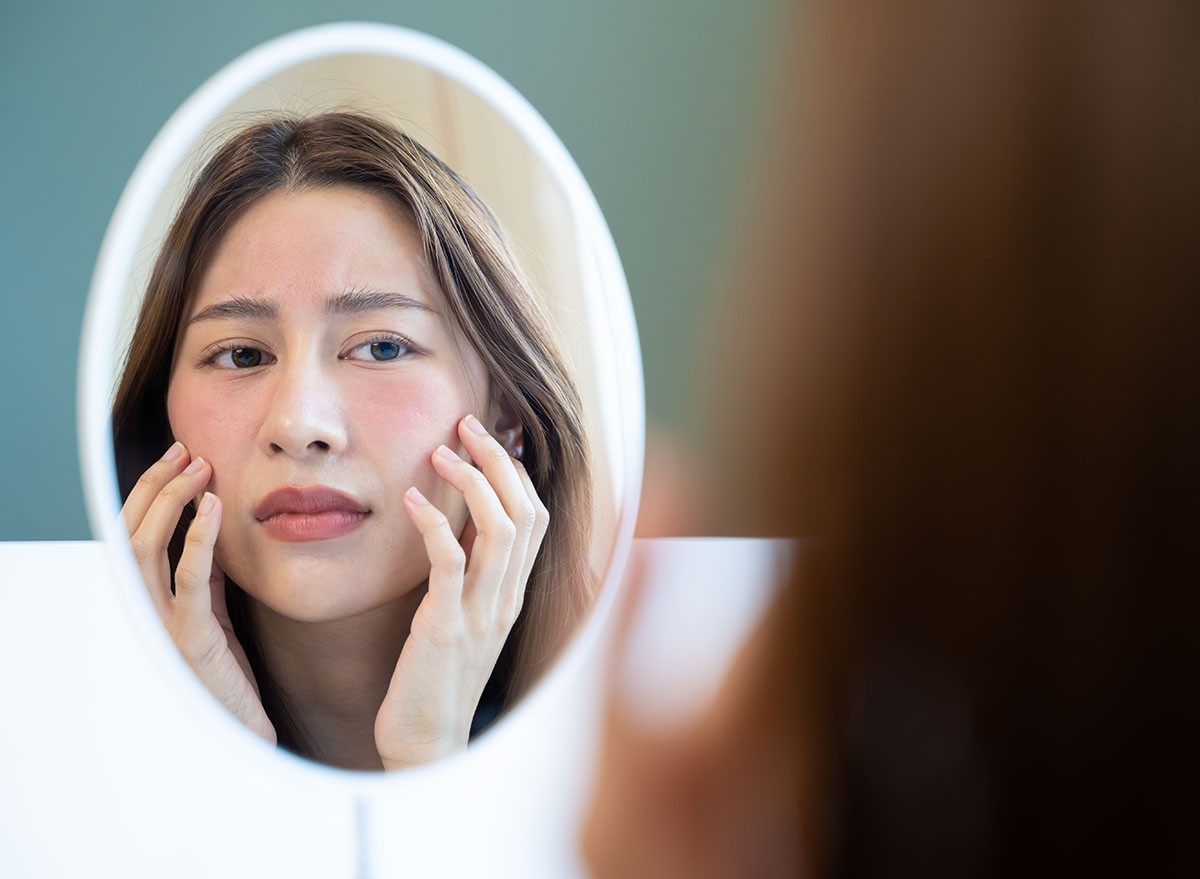
Your complexion might be revealing carb overload. "Eating a lot of carbs can start to create an inflammatory response in your skin," Dr. Pelz warns. This connection is especially strong with sugar, white rice, and refined bread. For those battling acne, Dr. Pelz strongly recommends eliminating sugar completely as a first step. She references research supporting this approach: "A 2020 review found that when the glycemic load in people's diets went up, they saw greater increases in skin inflammation and acne." The study specifically linked these skin issues to higher sugar consumption.
Not All Carbs Are Created Equal
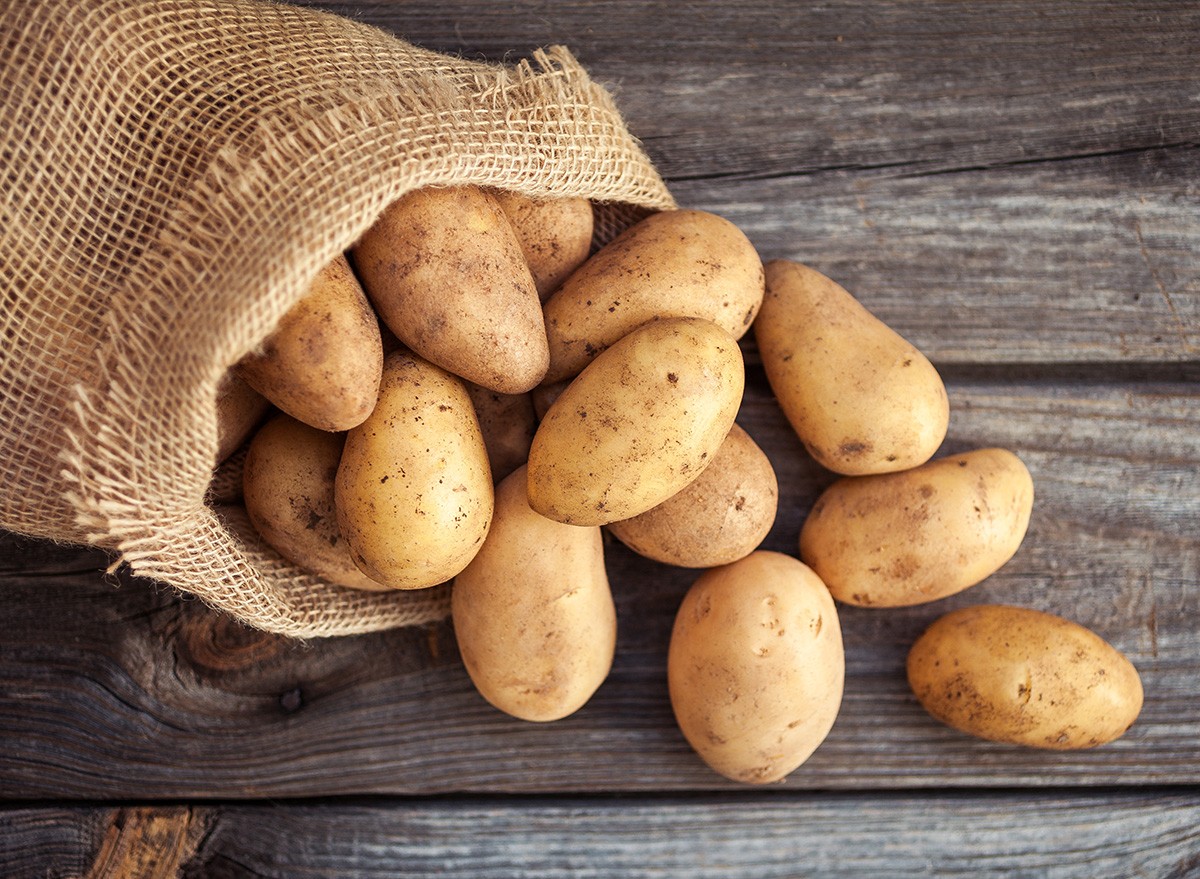
Dr. Pelz wants to correct a common misconception: "Carbs are not the enemy, but man-made carbs – not a lot there." She distinguishes between "dead" processed carbs like pasta and beneficial carbs from nature. "Good carbs are nature's carbs," Dr. Pelz explains, referring to fruits, vegetables, potatoes, and quinoa that provide essential nutrients. She even makes an exception for sourdough bread, noting it's "not a dead food" because fermentation creates beneficial enzymes and probiotics, unlike most processed grain products.
Try the One-Week Natural Carb Challenge
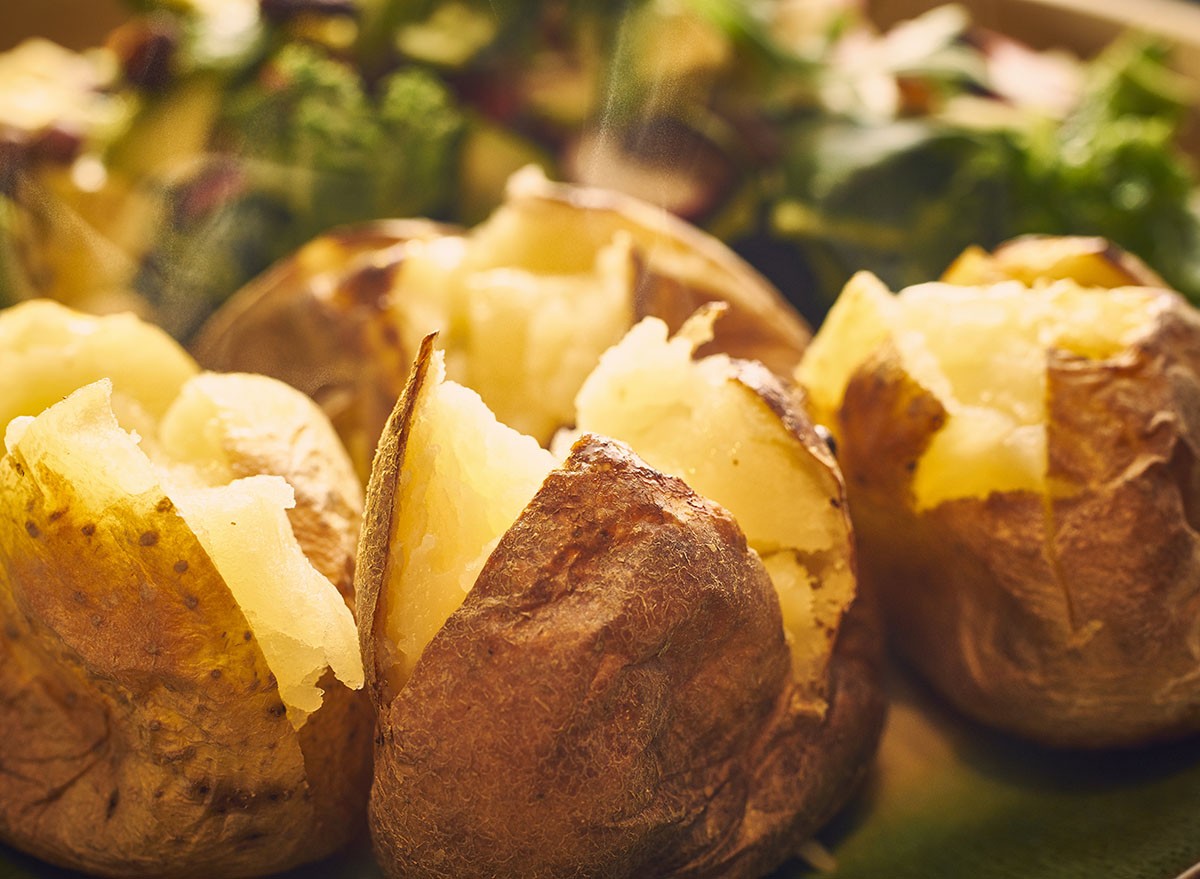
Ready to see if carbs are affecting you? Dr. Pelz suggests a simple experiment: "What if just for the next week, I decide no man-made carbs, I'm only eating nature's carbs." This straightforward approach allows you to quickly determine how different carbohydrates affect your body. Dr. Pelz emphasizes she isn't "anti-carb" – she advocates for "smart carbs" eaten in appropriate amounts. "We need them," she notes, explaining carbohydrates are essential for creating neurotransmitters like serotonin and hormones like progesterone.
Listen to Your Body's Signals

Your body communicates clearly when your diet isn't optimal. "If I'm tired after a meal, I'm like, hmm, what'd I do to that meal?" says Dr. Pelz, sharing that fatigue is her personal indicator of excessive carb consumption. By paying attention to how foods make you feel, you can customize your carbohydrate intake to your unique needs. Dr. Pelz reminds us that there's no "absolutely perfect diet" that works for everyone – it's about discovering what works specifically for your body and recognizing these four warning signs when they appear.
Morning Matters Most
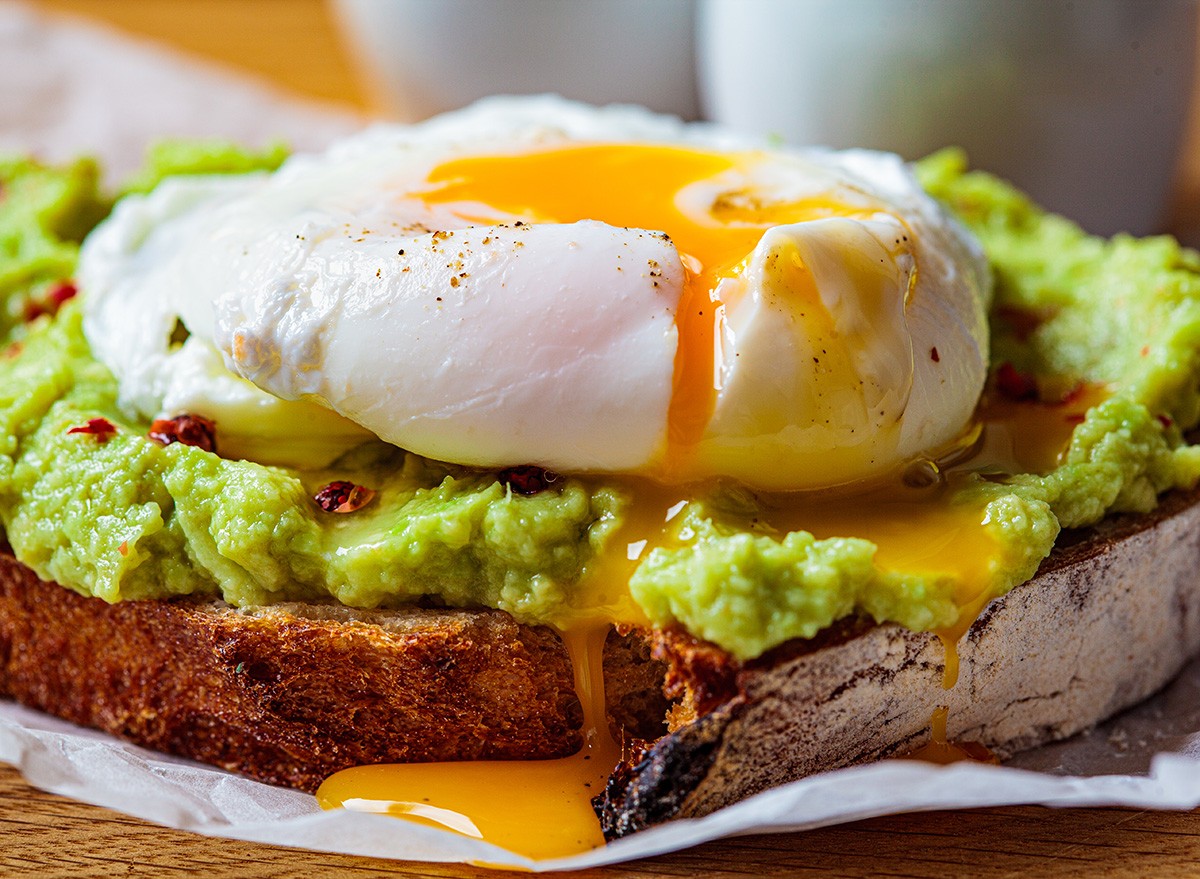
Be especially careful with breakfast choices. "Those that had a high carb diet in the morning had the worst cravings," Dr. Pelz explains, which is why she advises against breakfast cereal, orange juice, and even some protein drinks if they're carb-heavy. Starting your day with carbs virtually guarantees afternoon cravings and energy crashes. Instead, focus on protein and healthy fats in the morning to maintain stable blood sugar. If you do include higher-carb meals, Dr. Pelz suggests "mid afternoon… for an early dinner" followed by a walk to utilize the glucose effectively.
Finding Your Personal Carb Balance

The key takeaway isn't eliminating carbs entirely but being intentional about which ones you choose and when you eat them. "I'm not anti-carb. I just want to make sure we're eating smart carbs," Dr. Pelz clarifies. She also notes timing matters, especially "eating them for women at the right time of our cycle." When you find your personal carb balance by monitoring these four warning signs – fatigue, cravings, weight resistance, and skin problems – you'll enjoy better energy, mental clarity, and overall health without giving up carbs completely. And if you enjoyed this article, don't miss these 8 High-Protein Foods with Nearly Zero Calories That Melt Fat.




